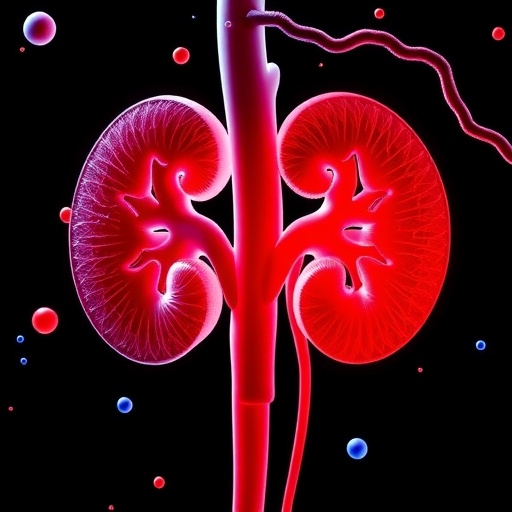PROVIDENCE, R.I. [Brown University] — The Affordable Care Act (ACA), commonly known as Obamacare, has reduced the number of Americans without health insurance from 18 percent to about 13 percent, statistics from the Centers for Disease Control and Prevention (CDC) show.
And though the exact percentage of lesbian, gay and bisexual (LGB) adults with health insurance prior to the launch of the ACA isn't known precisely, a new study reports that they are now insured at the same rate as their straight peers. However, they are still more likely to avoid necessary medical treatment due to cost.
"I started looking at this question because I had read a few studies indicating that following the ACA's implementation in 2014 and the legalization of same-sex marriage in 2015, there were comparable rates of uninsurance for LGB adults," said Kevin Nguyen, lead author of the Aug. 6 study in the August issue of Health Affairs. "However, insurance is only one step in receiving care — I was curious to see if there were other differences in the access to care and health outcomes."
Nguyen is a doctoral student at the Brown University School of Public Health. Dr. Amal N. Trivedi, an associate professor of health services, policy and practice, and an associate professor of medicine at Brown, and Theresa I. Shireman, a professor of health services, policy and practice at Brown, were co-authors on the study.
The researchers analyzed three publically available data sets from the CDC spanning from 2014-15 — the first year the survey asked about sexual orientation — to 2016-17, the most current data set. The study included about 330,000 adults between ages 18 and 64, 4.3 percent of whom identified as lesbian, gay or bisexual.
Of those surveyed via the study, 16.4 percent of LGB adults reported avoiding or delaying medical treatment for financial reasons, compared to 14.2 percent of their straight peers. Given the large number of people surveyed, that difference proved statistically significant, the researchers said.
Though the study did not explore the cause of the difference in being able to afford medical treatment, Nguyen said, based on prior studies, one possible explanation is that more LGB adults had individually purchased insurance, which may have higher copays or deductibles than employer-sponsored insurance. Another possibility is that on average LGB individuals may need more medical services than straight individuals.
In addition to similar levels of health insurance, the study also found that LGB individuals now report comparable levels of having a primary care doctor and having an annual check-up as their straight peers — approximately 77 percent and 66 percent, respectively.
Yet despite comparable levels of access to health care, LGB adults reported 5.3 days in the last month where poor health prevented them from doing normal activities, compared to 4.9 for their straight peers. Similarly, they reported 5.6 poor mental health days (days with stress, depression or emotional problems) in the last month, compared to 3.9.
The researchers at Brown used an adjusted analysis of the survey data to take demographic differences into account, including variations in age, race, marital status, income and education levels between LGB and straight adults. They did not focus on transgender individuals in this study, as they face additional challenges in accessing health care, whether they identify as LGB or not.
Nguyen is interested in looking at the data from the 2017-18 survey upon its release to see how various health policy debates and changes have impacted the LGB community, he said.
"It really is important to collect sexual orientation data in these nationwide surveys because it allows us to answer questions about access to care and health outcomes," he said, adding that the CDC has not yet decided whether the sexual orientation module will be included in the 2019 survey. "This helps us understand the experiences of certain communities who face very high barriers to care and allows us to monitor whether we're making improvements or not."
###
The U.S. Department of Health and Human Services' Agency for Healthcare Research and Quality (grant: T32 HS000011-32) supported this research.
Media Contact
Mollie Rappe
[email protected]
401-863-1862
@brownuniversity
http://news.brown.edu/
https://news.brown.edu/articles/2018/08/lgb
Related Journal Article
http://dx.doi.org/10.1377/hlthaff.2018.0147




